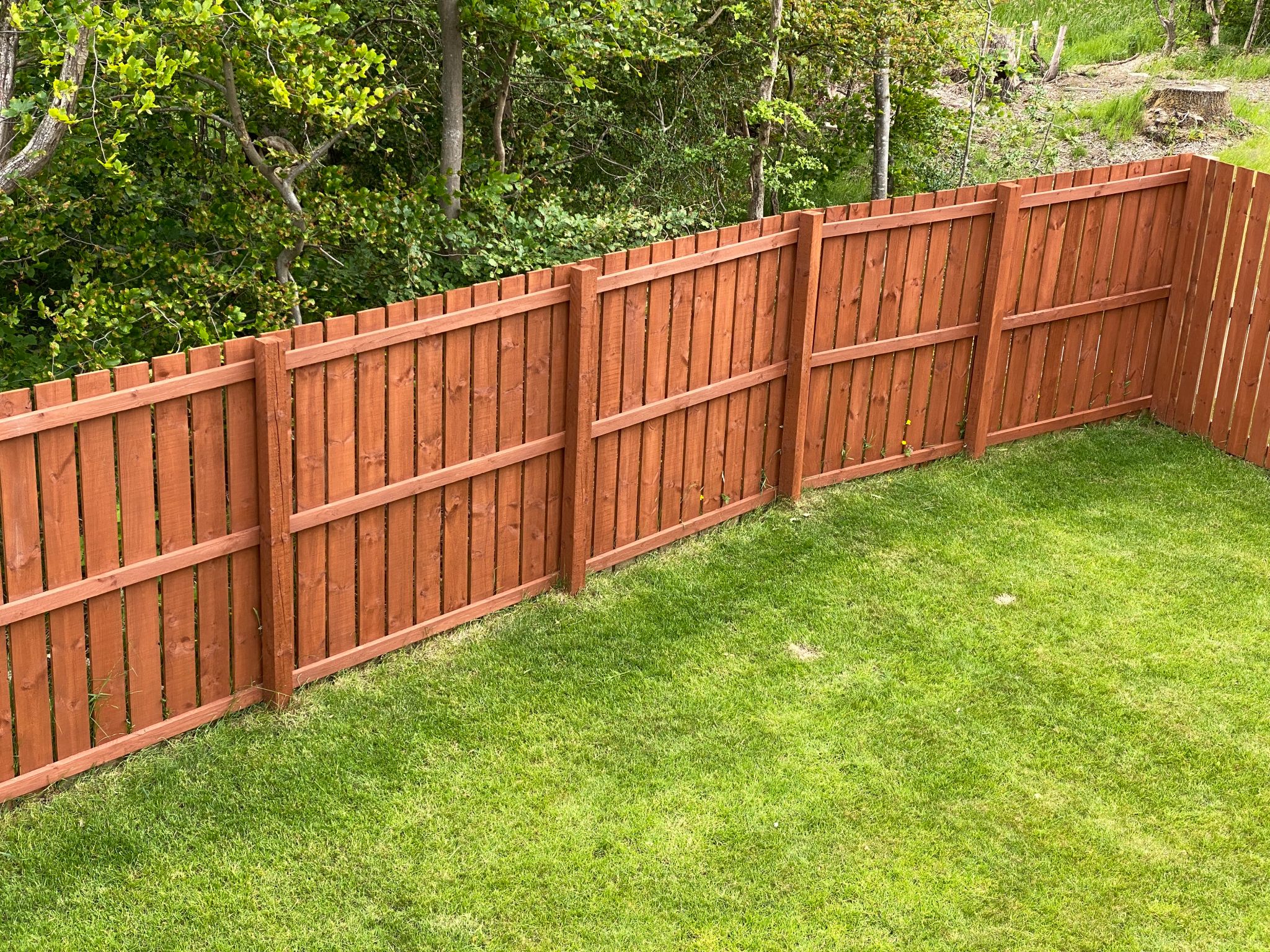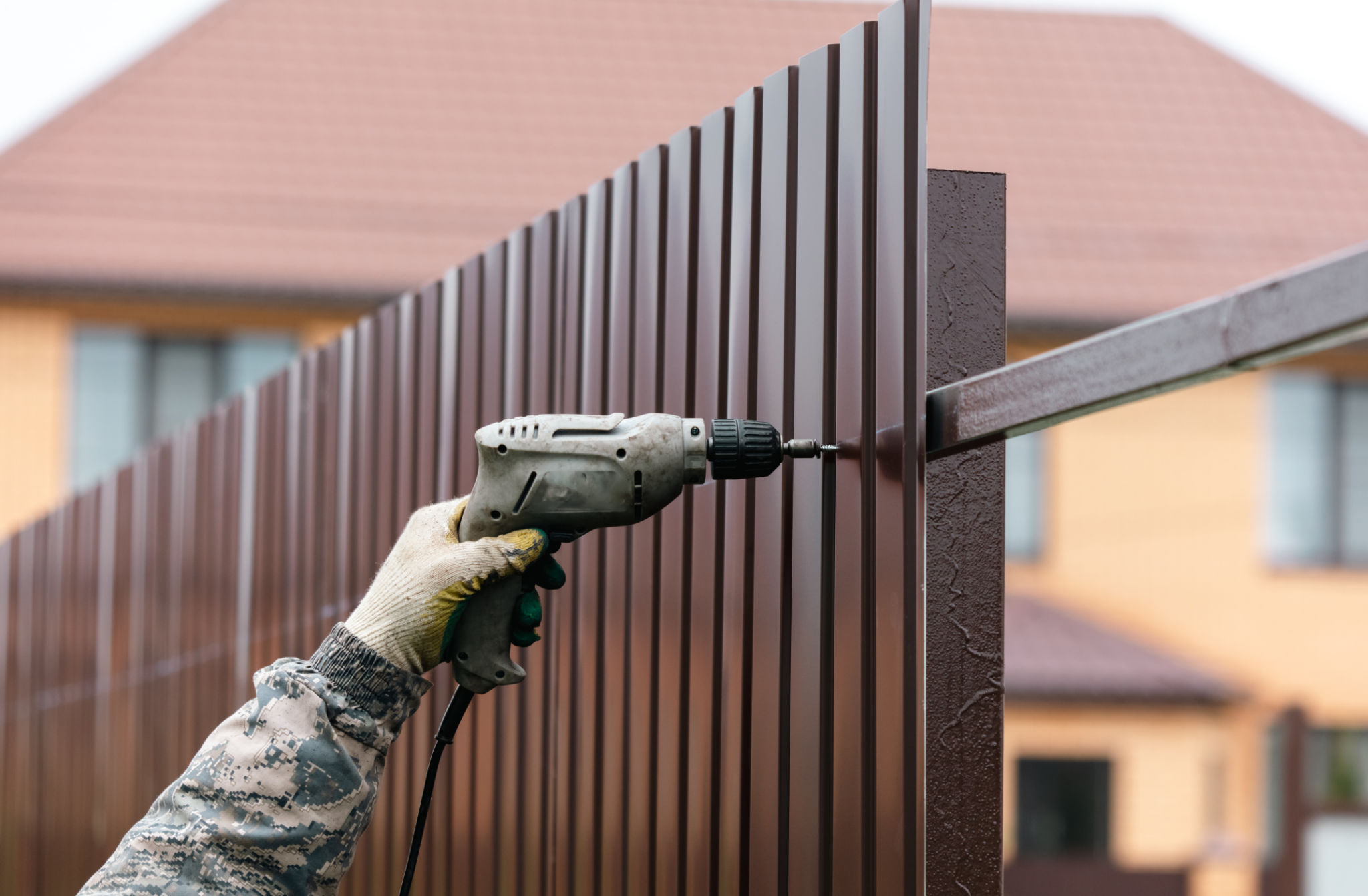Fence Installation 101: What to Expect from Start to Finish
Understanding Your Needs
Before diving into the fence installation process, it's crucial to understand your specific needs and preferences. Consider why you need a fence. Is it for privacy, security, or aesthetic appeal? Understanding your primary purpose will guide you in choosing the right type of fence material and design.
Additionally, consider the environment where the fence will be installed. Different materials perform better in various weather conditions, so it's essential to select one that will withstand your local climate. Also, check local regulations and homeowners' association rules to ensure compliance.

Selecting the Right Material
Once you have a clear understanding of your priorities, it's time to choose the appropriate fence material. Common materials include wood, vinyl, aluminum, and chain-link. Each has its pros and cons, so consider factors like budget, maintenance needs, and durability when making your decision.
Wooden fences offer a classic look and can be customized easily, while vinyl fences are low-maintenance and weather-resistant. Aluminum fences provide excellent durability and security, and chain-link fences are cost-effective and easy to install.
Planning and Design
After selecting the material, the next step is planning and designing your fence layout. Measure the total area where the fence will be installed and decide on the height and design that best suits your needs. It's also a good idea to mark underground utilities to avoid any disruptions during installation.

Consulting with a professional can be beneficial at this stage to ensure that your design is feasible and meets all necessary regulations. They can also provide insights on optimal placement for gates and other features.
Installation Process
The installation process typically begins with preparing the site, which involves clearing any obstructions and leveling the ground. This step ensures a smooth installation and helps prevent issues later on.
Next, post holes are dug at regular intervals along the perimeter of the fence. The posts are then set in concrete to provide a stable foundation. Once the posts are secure, the fencing material is attached according to your chosen design.

Final Touches and Maintenance
With your fence installed, it's time for the final touches. Depending on the material, this may include painting or staining for added protection and aesthetic appeal. Ensure that gates are properly aligned and functioning smoothly.
Regular maintenance is essential to prolonging the life of your fence. Wooden fences may require periodic staining or sealing, while vinyl and aluminum fences can be cleaned with soap and water. Inspect your fence regularly for any signs of damage or wear.
Conclusion
Fence installation is a multi-step process that begins with understanding your needs and ends with ongoing maintenance. By carefully planning each stage, from material selection to final touches, you can ensure a successful installation that meets your expectations.
Whether you choose to hire professionals or tackle the project yourself, understanding what to expect from start to finish will help you achieve a durable and aesthetically pleasing fence that enhances your property.